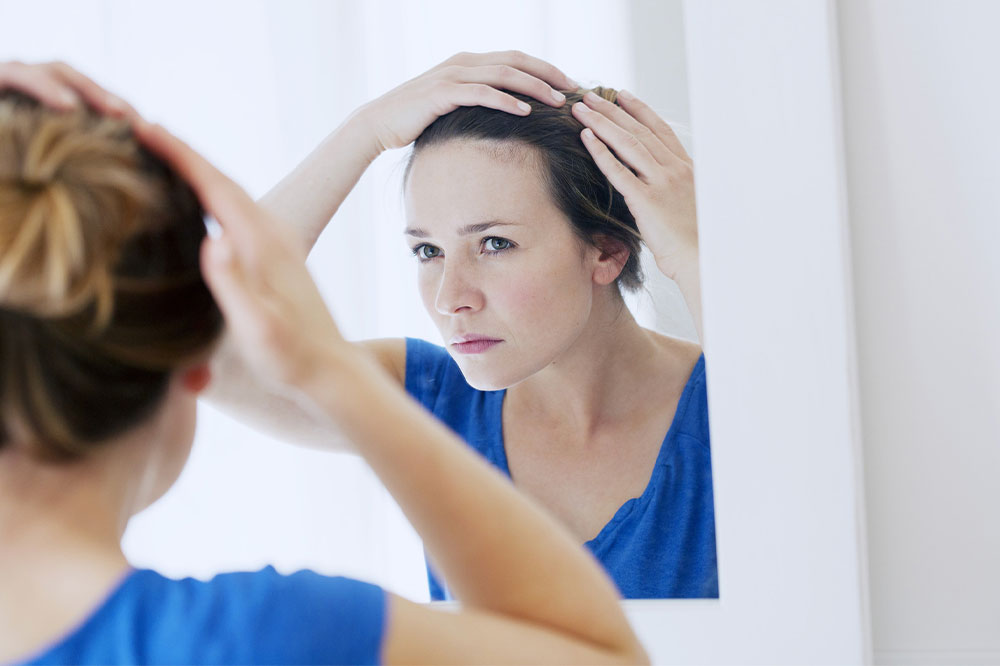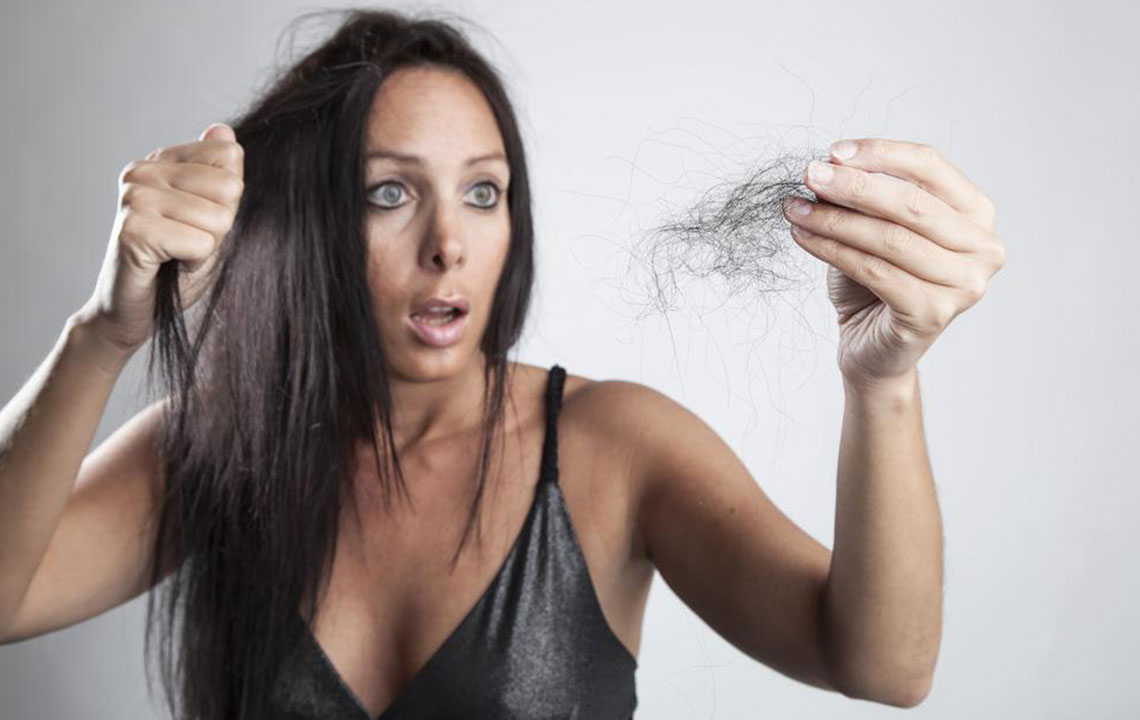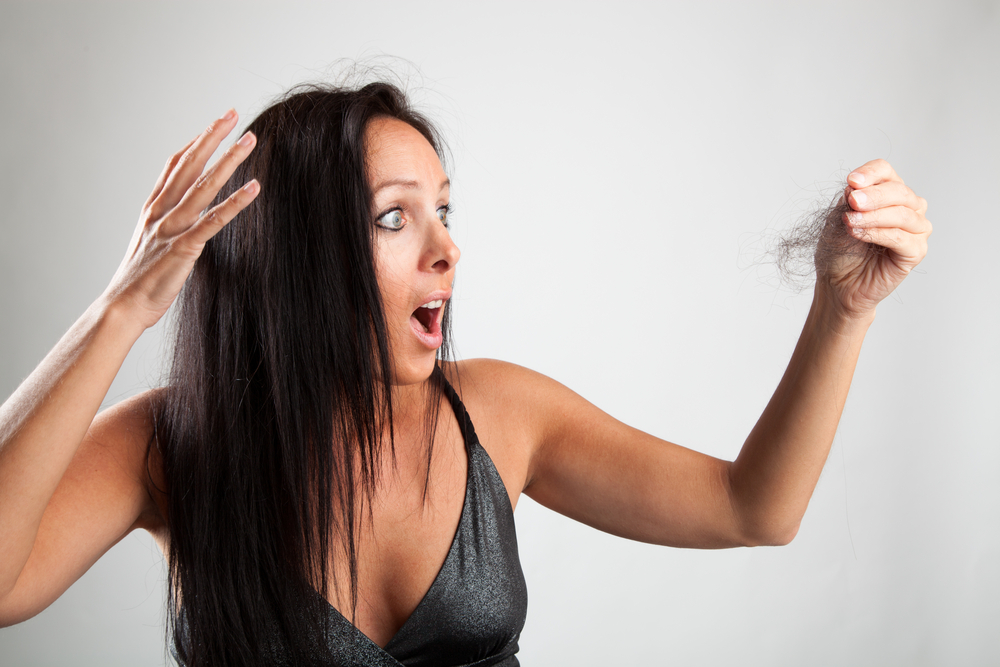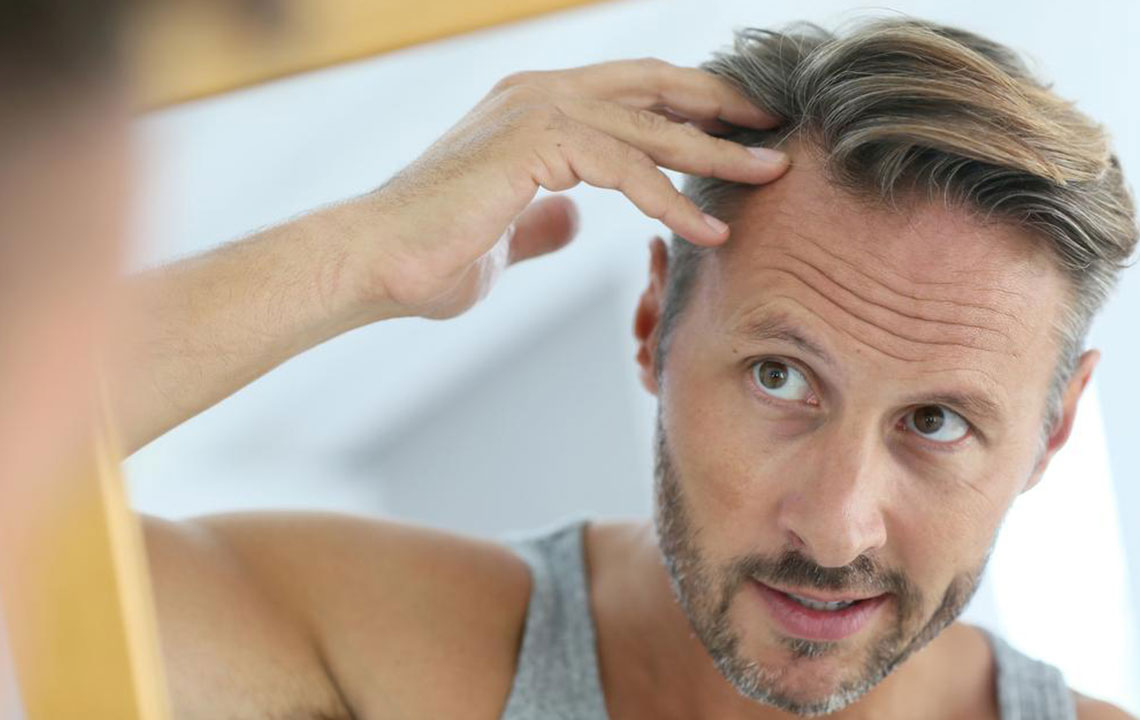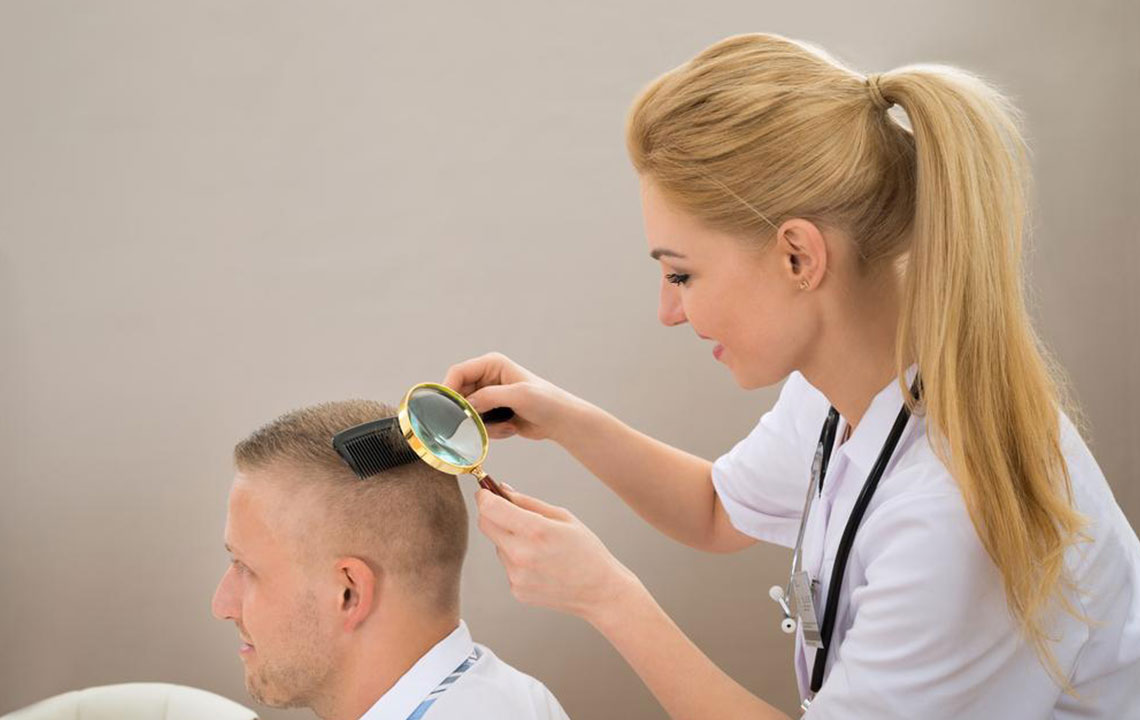Effective Strategies to Prevent and Treat Hair Loss
This comprehensive guide offers effective strategies for preventing and treating hair loss, focusing on self-assessment, understanding alopecia areata, and exploring various treatment options. Learn how to diagnose early signs, consult professionals, and adopt a personalized approach to maintain healthy hair. The article emphasizes the importance of early intervention and lifestyle adjustments for better hair care outcomes.
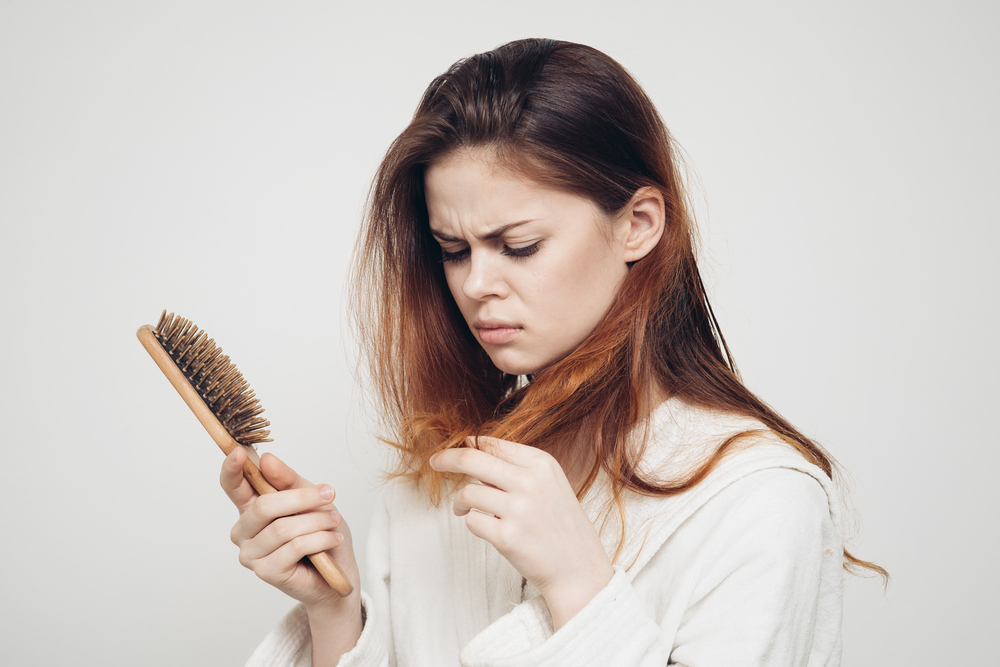
Comprehensive Approaches to Safeguard Hair Health and Combat Hair Loss
Hair loss and thinning are increasingly prevalent concerns that affect individuals across different age groups, from young adults to seniors. In today's fast-paced world, various environmental and lifestyle factors contribute significantly to deteriorating hair health. Pollution, exposure to dust and dirt, excessive use of styling products, chemical treatments, nutritional deficiencies, stress, and hormonal imbalances are among the primary contributors that accelerate hair shedding. Recognizing these factors early and adopting effective strategies can make a considerable difference in maintaining a full, healthy head of hair.
Initial Self-Assessment: Recognizing the Signs of Hair Loss
If you observe that you're losing an unusual number of hair strands daily—say, more than 100—it's crucial to conduct a thorough self-examination. Ask yourself the following questions:
Are you experiencing any scalp discomfort such as itching, redness, burning sensation, or flaking?
Have recent health issues, emotional stress, or significant life changes possibly impacted your hair health?
Is the rate of hair thinning accelerating, or are you noticing new bald patches or wider parts?
Examining Your Scalp for Clues
Before seeking professional intervention, inspect your scalp closely. Look for signs of inflammation, redness, or irritation. Check for patches of baldness or areas where hair appears thinner than usual.
Some tips include:
Part your hair in different sections to get a clear view of scalp condition.
Compare the hair density at different scales — crown, sides, and back of the head.
Gently pull a few strands to see how many come out, which helps in assessing hair strength and shedding patterns.
Understanding Different Types of Hair Loss: Focus on Alopecia Areata
Alopecia Areata is an autoimmune disorder characterized by sudden, localized hair loss, which can affect the scalp, face, and eyebrows. This condition occurs when the immune system mistakenly targets hair follicles, leading to patchy baldness that often resolves within six months, though recurrent episodes are common.
It is frequently associated with other autoimmune conditions, such as thyroid disease and vitiligo. Recognizing the signs early enables prompt and targeted treatment to encourage hair regrowth.
Managing Alopecia Areata Effectively
Topical corticosteroids combined with Minoxidil can encourage regrowth, especially if hair loss affects less than 50% of the scalp.
Intralesional corticosteroid injections administered periodically over several weeks can stimulate hair follicles and promote regrowth but may cause temporary skin discoloration or irritation.
Topical agents like anthralin have demonstrated promising results on localized bald patches.
Support from support groups such as the National Alopecia Areata Foundation provides emotional support and coping strategies for patients.
In some cases, topical immunotherapies, which alter immune responses, can be effective.
Supplementary and Supportive Treatment Options
Various topical products such as Rogaine Foam, nutritional supplements like Viviscal, specialized shampoos, and application of hair fibers can support hair regeneration efforts.
Corticosteroid injections, while effective, are invasive and may involve discomfort; their benefits should be weighed against potential side effects.
Medicated topical ointments, including anthralin, are applied for a period of 30-60 minutes to stimulate hair growth over several weeks, though they sometimes cause skin irritation or discoloration.
Biotin and other vitamins are often recommended to improve hair strength and health.
Effectiveness varies among individuals. Consistent treatment, combined with a healthy lifestyle and minimizing environmental hazards, can greatly improve hair health and slow progression of hair loss.
